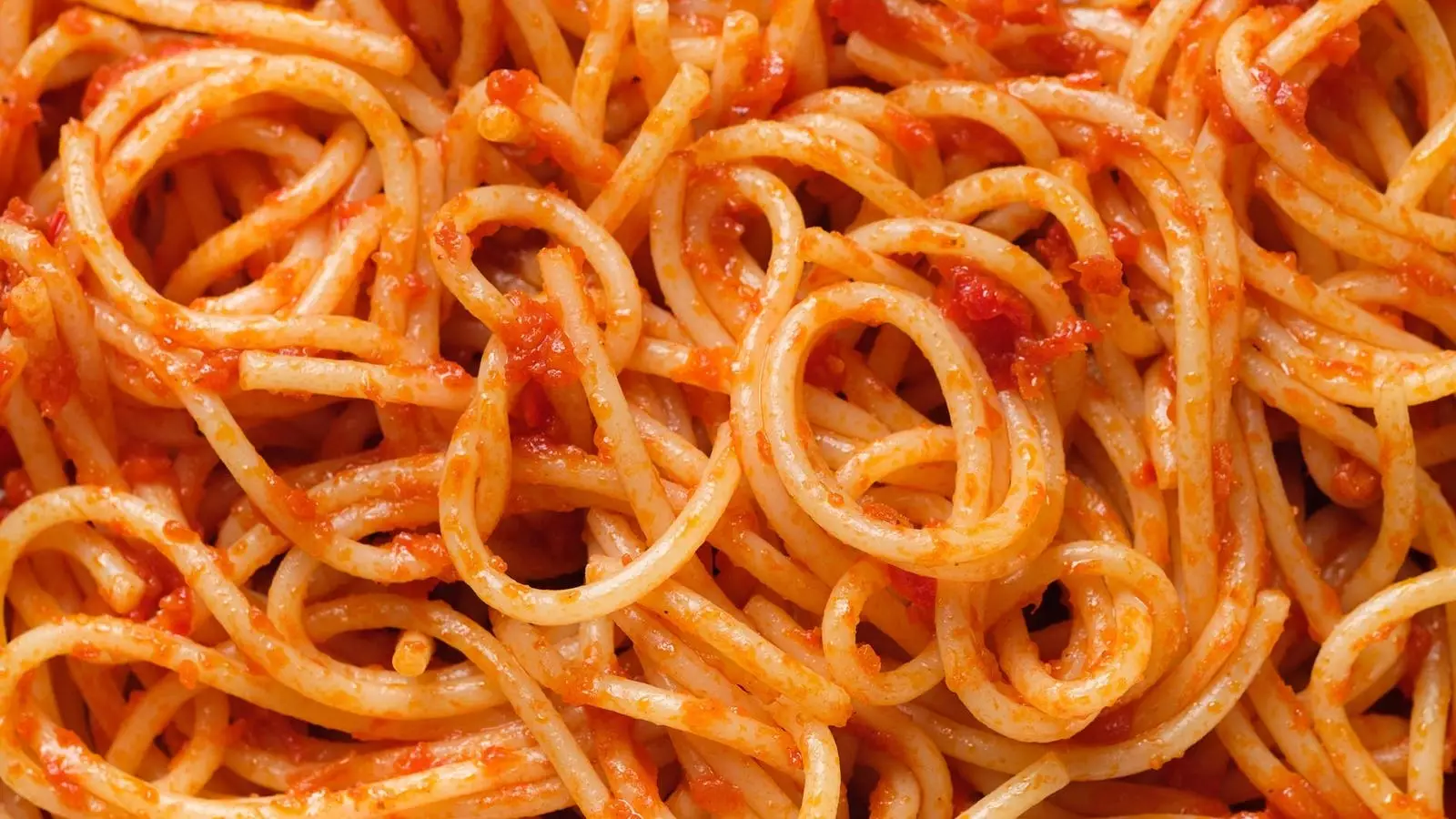The culinary landscape of the United States is as diverse as its geography, and nowhere is this more evident than in the realm of sauces. A recent study from Instacart unveiled the fluctuating trends of sauces across various states, highlighting what Americans are pouring over their pastas, meats, and more. With jarred sauces gaining popularity, particularly among restaurants venturing into bottled offerings, the competition for consumer preference is heating up. This article offers a nuanced exploration of the findings, shedding light on America’s favorite sauces and regional complexities.
Marinara: The Undisputed Champion
At the forefront of America’s sauce affinity lies marinara, claiming a substantial 20% share of pasta sauce purchases in 2024. This flavor-packed tomato-based sauce stands the test of time, epitomizing American Italian cuisine’s comfort food appeal. Marinara leads the way not just nationally but also in various states, demonstrating its remarkable ability to blend seamlessly with different dishes—from classic spaghetti to modern culinary creations.
Instacart’s Trends Analyst, Alex Orellana, noted that the enduring popularity of marinara is evident across multiple demographics. While marinara has wide-ranging support, it still appears that certain areas of the country show regional preferential twists. For instance, while marinara holds court broadly, the emergence of alfredo sauce at a close second (17% of sales) speaks volumes about America’s evolving palate. A creamy alternative, alfredo captures a different experience, appealing particularly in regions that prefer rich, hearty flavors.
Following marinara and alfredo, tomato basil sauce captures 16% of the pasta sauce market, acknowledging perhaps a strong kinship between this sauce and marinara itself. The overlapping characteristics of these sauces suggest that they cater to similar taste preferences. Orellana’s insight into regional purchase trends indicates that while these tomato-based sauces dominate the charts, local tastes further influence the collective palate across the U.S.
Interestingly, this phenomenon also invites dialogue about authenticity and variations of these sauces. In various states, consumers may opt for local favorites that reflect cultural influences and local ingredients. With flavors such as bolognese gaining traction in the Midwest, the diverse array of pasta sauces becomes a testament to the melting pot that is American cuisine.
Delving deeper into the regional consumption of sauces, Instacart found that pasta sauce data varies significantly across geographical lines, showcasing a rich array of culinary traditions. For instance, New Yorkers exhibit a preference for spicy arrabbiata—indicative of the region’s embrace of bold flavors—while Midwesterners show an affinity for robust bolognese. This divergence reflects not only local palates but also historic influences and regional farming practices that shape culinary traditions.
Despite the popularity of tomato-based sauces, other varieties have made their mark. Pesto, for instance, ranks sixth with 7% of sales—representing a significant but smaller segment of the market. As trends indicate, flavors are shifting, perhaps in response to an increasingly health-conscious consumer base looking toward options that incorporate fresh herbs and local produce.
Instacart’s data point to further demographic influences on sauce purchasing. Notably, Iowans are reportedly the top consumers of pasta sauce, ordering nearly 49% more than the national average. Delving into the reasons behind this could reveal insights into regional culinary traditions and a strong culture of home cooking. Conversely, states such as California exhibit a craving for something different, ordering 30% less sauce than average, hinting at other eating patterns perhaps leaning towards fresher, less processed alternatives.
The bottom rungs of Instacart’s rankings are reserved for spicier selections, with arrabbiata, spicy tomato, and puttanesca trailing behind. This suggests a somewhat tepid engagement with the spicier side of the sauce spectrum among most Americans, possibly implicating taste preferences that lean toward milder, more versatile flavors.
As culinary landscapes continue to evolve, so too will America’s sauce choices. With rising interests in health, sustainability, and craft food products, it’s likely that we will see shifts toward more artisanal, homemade, and locally sourced sauces in the future. As the data showcases a battleground of flavors across states, one thing is clear: sauces form a foundational pillar of American cuisine, reflecting not just taste preferences but also regional identities and culture. As consumers, understanding these trends allows us to appreciate the complex tapestry of flavors that unite and differentiate us, one sauce at a time.


Leave a Reply